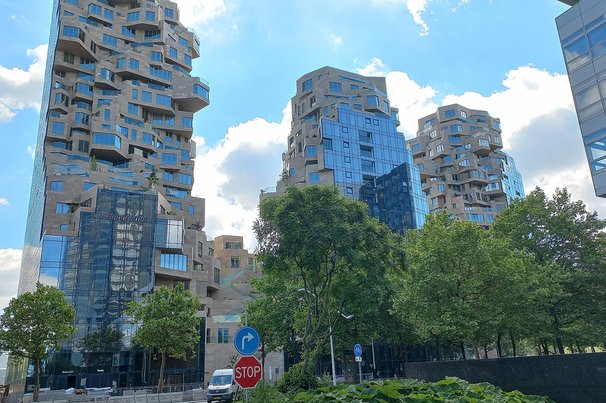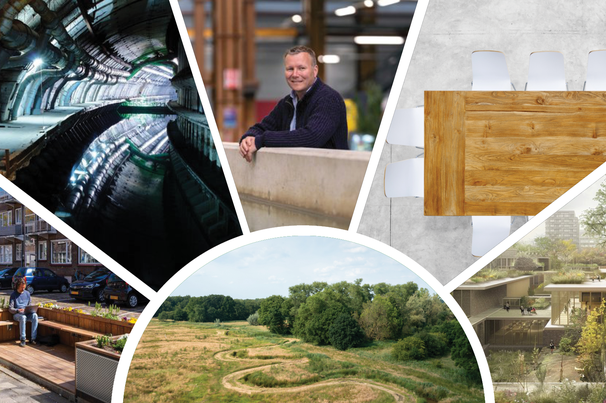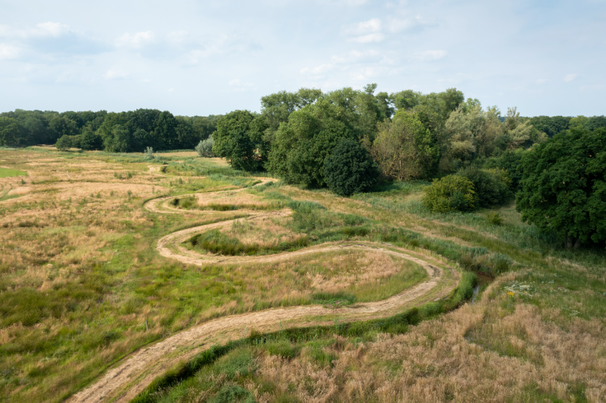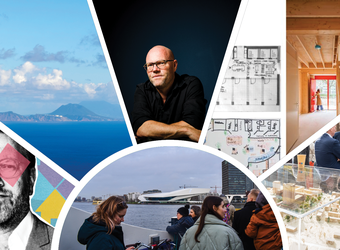11 oktober 2015
4 minuten
Nieuws Since the 1990s, Shanghai has surprised the world with its fast economic growth and physical transformation. The introduction of the market economy and the increasing impacts of the globalization have begun to rewrite the local rules in urban planning and urban development.
In the 19th century, Shanghai was one of the earliest industrial center of China and the foreigners' gateway to inland China. However, there was no master plan that guided the development of the city’s growth, a mixture of residential, commercial or industrial land use functions could be observed everywhere. Furthermore, the development in each of the settlements followed the principles of its colonial mother country. Infrastructure systems and facilities used in one area could not be linked to the system used in another district.
With the Communist Party took over the power in 1949, Shanghai’s development was to build itself up as the largest industrial base of China while trade with the outside world was largely constrained, resulting in the great decline of the city's global influence. Furthermore, little effort was done to improve urban infrastructure between 1949 and 1978.
Shanghai turned to a new chapter after China began its economic reform policy in 1978. It is evident that the introduction of a market economy and the increasing impacts of the globalization have rewritten the rules in urban planning and influence urban development process in Shanghai. The private sector emerges as a vital force stimulating the urban redevelopment process.
Aspiring to become a World City, Shanghai has mapped out an ambitious plan to build the city into an international economic, financial and trade center. The development of Special Economic Zones (SEZs) and high-tech zones in Shanghai helped establish advanced enterprises and attract Foreign Direct Investment (FDI). The launch of Special Economic Zone - Pudong New Area in 1990 on the eastern side of Huangpu River aimed to establish Shanghai’s service sector (1:02) and upgrade its outdated manufacturing sector with advanced technology in the less-developed urban area of Shanghai. The development of Lujiazui Financial District in Pudong New Area aimed at creating a new Central Business District (CBD) for Shanghai with the focus of developing Shanghai’s Financial sector (0:35 and 1:00). The Napu Bridge (0:25, 0:39 and 1:41) was open in 1991 to improve the connection between downtown Puxi with the new Shanghai, the Pudong district.
In the inner city renewal projects, the continuous discussion is how to deal with the old city center and old neighborhoods. The rapid disappearance of the characteristic old neighborhoods (0:00) raises the provocative question whether Shanghai will become a poor copy of the Western cities. Until the end of the 1990s, most old buildings were simply torn down to give way for new skyscrapers. The decisions reflect a believe among locals that modern architectures designed by global architects represent the future of Shanghai while the old buildings and neighborhoods created barriers for Shanghai to achieve its ambition for the future. While some masterpieces have been created, the architectural language that these buildings present cannot create a natural continuity with the historical city. Most of the efforts of preserving old buildings failed when fighting against the commercial drive of maximum profit, except some piecemeal projects like Xintinadi and Tianzifang.
To accommodate new growth, Shanghai needed to look for new urban space for inhabitants, business and tourists and Huangpu River Bank offered such space not far away from the city center. The official establishment of the Project Huangpu Riverbank Development was triggered by Shanghai’s success in obtaining the host right of 2010 World Expo in 2002. Investment in urban infrastructure was twelve times higher in 2003 than in 1990. Shanghai attempted to use World Expo 2010 as a catalyst to regenerate Shanghai’s main waterfront along Huangpu Riverbank and enhance its cultural sector. Despite large investment into Pudong New area, Pudong was still very isolated from the busy downtown area. The attention towards the expo brought both banks of Huangpu River to the focus and facilitated Pudong’s integration with the city center (1:12).
Zie ook:
Cover: ‘2015.12.10_GO Drone Shanghai’




